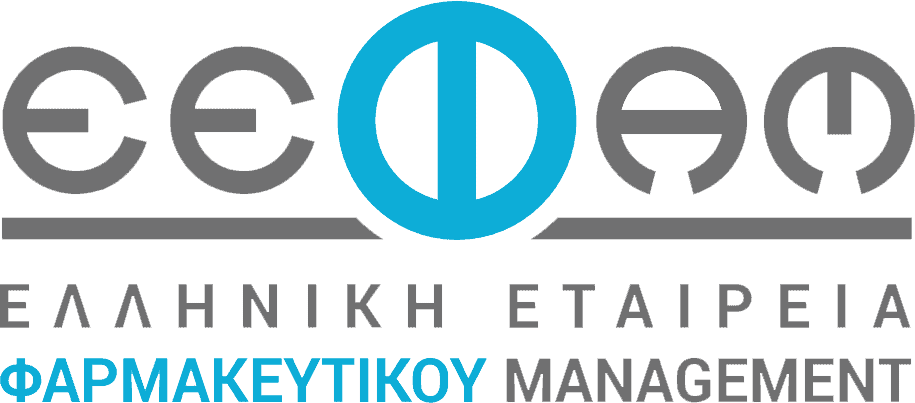Blog
Blog
The Path Toward Digital CPV: Why and How to Take It

The process validation lifecycle comprises three stages: process development, process qualification, and continued process verification (CPV).
CPV’s primary objective is to detect process variability that may not have been evident during earlier stages. It ensures product quality throughout its lifecycle and identifies opportunities for performance improvement.
The digitalization of the CPV opens a new door of possibilities. For example, it enables ongoing data ingestion for real-time trend analysis, facilitates the extension of the same approach across product portfolios, and automates the reporting process.
Regulatory Frameworks
Regulations, such as FDA’s “Process Validation: General Principles and Practices” guidance and ICH Q8(R2), support the implementation of a digital CPV by emphasizing data collection, statistical trending, and quality attribute monitoring.
Additionally, ICH Q9(R1) integrates quality risk management (QRM) with CPV, enhancing the assessment of criticality and risk mitigation. In this specific case, the CPV process not only supports criticality assessment but also generates evidence and metrics for risk evaluation, effectively connecting these two concepts. Continuous refinement of risks based on evidence, as part of ongoing process verification, offers significant benefits such as increased process knowledge and control.
The benefits of CPV implementation extend beyond regulatory compliance. Real-time data analysis identifies sources of variability, leading to a more robust control strategy, increased process knowledge, and streamlined risk analysis.
What Are the Challenges?
Challenges vary depending on the product’s lifecycle stage.
New products lack historical data, requiring periodic CPV plan reviews as more data becomes available.
Legacy products have abundant but often irrelevant data stored in various formats. Integrating and selecting meaningful data subsets is a challenge.
The first step to digital transition is to leave paper behind once and for all. By directly feeding the digital solution, data integrity problems due to dependency on manual activities are avoided.
For that reason, before stepping into the CPV implementation, all data sources must be mapped to ensure that the digital solution enabling your CPV receives the necessary process and quality data.
To ensure compliance with data regulations described in ALCOA+, FDA 21 CFR Part 11, and GAMP 5, the CPV system needs specific requirements.
The Digital CPV Workflow
A digital CPV workflow consists of three steps: critical variable definition, reference batch selection, and variable configuration.
Critical quality attributes (CQA), critical process parameters (CPP), and critical material attributes (CMA) are identified based on risk analysis.
As for the reference batch selection, a multivariate approach should be used to select representative batches, creating a solid starting point for the CPV. This approach ensures that data from different types are combined to define the design space of your system.
Finally, for variable configuration, the statistical criteria for each critical variable control chart are defined alongside other metrics like the process capability index (CpK) and process performance index (PpK). This will define the control strategy and how each variable will be monitored during routine use.
When using an online platform for the CPV, alarms based on rules to help speed up decision-making can be defined. The whole process can be monitored, and those responsible can be notified in real time whenever there is a statistical deviation.
What Are Some of the Benefits of a Digital CPV Solution?
The benefits of a complete digital CPV solution include data integration, automatic data collection, metric updates, alarm triggers, and automated reporting. This leads to improved product quality assurance and operational excellence.
Transitioning from manual to digital CPV is crucial. Manual CPV is reactive, often identifying issues after they occur, while digital CPV is automatic, predictive, and responsive.
A digital CPV allows timely action on deviations and improvements, enhancing product quality and regulatory compliance. Continuous refinement of risk assessments based on evidence and the integration of process and risk data is key to making informed decisions and process improvements throughout the product’s lifecycle.
Πηγή: fiercepharma.com





